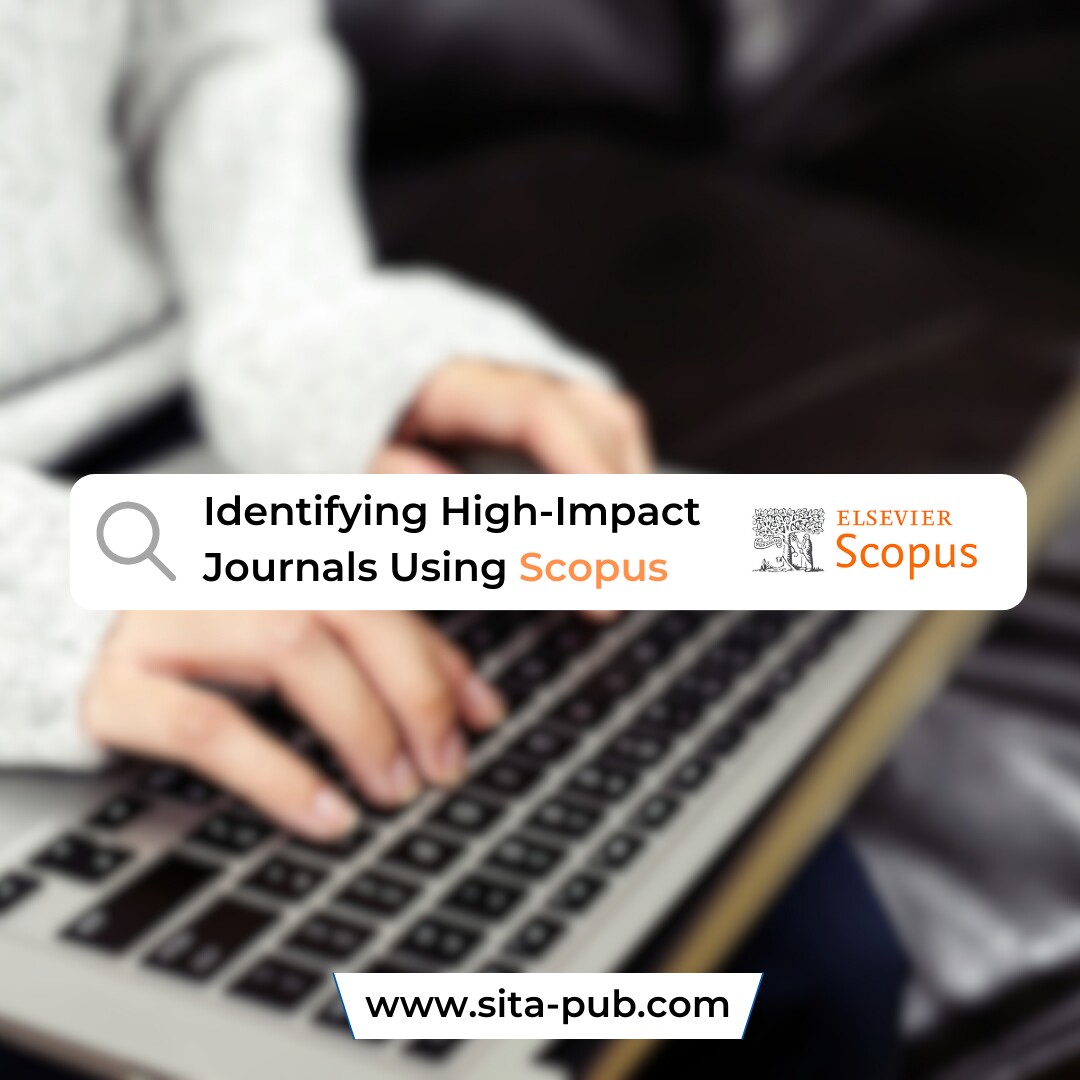Identifying High-Impact Journals Using Scopus


Publishing in high-impact journals is essential for researchers to share their work and gain recognition. High-impact journals are known for their quality and influence. Scopus, a major academic database, helps researchers find these journals by providing important metrics. In this guide, we will explain how to use Scopus to identify high-impact journals effectively.

High-impact journals are publications recognized for their significant contributions to their respective fields. These journals are respected and widely read, often serving as the primary source of credible research. Articles published in high-impact journals are frequently cited by other researchers, demonstrating their importance and influence in advancing knowledge. Publishing in these journals can enhance a researcher's reputation and career prospects.

Scopus is one of the largest and most comprehensive abstract and citation databases available today. It helps researchers find academic articles and provides valuable information about journals, including their impact metrics. One key metric is the impact factor, which indicates how often articles from a journal are cited within a specific timeframe. Higher impact factors generally indicate that the journal is more influential in its field. Using Scopus allows researchers to identify high-impact journals that can give their work greater visibility.

The first step in using Scopus is gaining access. Many universities and research institutions provide their students and staff with access to the database. You can log in using your institution’s credentials. If you don’t have access, check if your local library can provide it or consider reaching out to your institution for assistance.
Once logged in, navigate to the "Sources" option within Scopus. This section provides a comprehensive list of journals indexed in the database. You can search for specific journals by name or browse through categories based on your research area. This feature makes it easier to find journals relevant to your field of study.
In Scopus, each journal is associated with important metrics that indicate its impact. Here are two key metrics to consider:
CiteScore: This metric represents the average number of citations received per document published in the journal over a three-year period. A higher CiteScore suggests that articles in that journal are frequently referenced by other researchers, indicating the journal's influence.
SJR (SCImago Journal Rank): This metric takes into account the number of citations and the prestige of the journals where such citations come from. It provides a more nuanced view of a journal's impact by recognizing that citations from high-quality journals carry more weight.
Both CiteScore and SJR are essential tools for evaluating the quality and impact of journals, helping researchers identify high-impact options for publication.

When looking for high-impact journals, it’s crucial to consider your specific research field. Different disciplines have varying numbers of high-impact journals. For instance, fields like medicine and technology may have numerous prestigious journals, while other disciplines may have fewer. Make sure to focus on journals that are well-regarded in your area of study to maximize the impact of your research.

The reputation of a journal is another important factor to consider. You can evaluate a journal's reputation by examining its editorial board, the quality of the articles it publishes, and its historical significance in the field. Journals with well-known editors and a track record of publishing high-quality research are often more respected. Reading recent articles can also provide insight into the journal's standards and the relevance of its content.

To further assess a journal's impact, take time to read recent articles published in that journal. If the articles are well-written, relevant, and frequently cited by other researchers, it is likely that the journal itself holds a high reputation. This practice not only helps you gauge the journal's quality but also keeps you informed about current trends and discussions in your field.
Identifying high-impact journals using Scopus is a vital step for researchers aiming to publish their work effectively. By focusing on journals with high metrics and strong reputations, you can significantly increase the visibility and impact of your research. This process is crucial for ensuring that your academic work reaches a wider audience and contributes meaningfully to your field. Utilizing Scopus simplifies this journey, making it easier for researchers to navigate the complex world of academic publishing. Ultimately, choosing the right journal can enhance your research's reach and influence, helping you make a lasting impact in your area of expertise.
If you have any questions, inquiries, or would like to learn more about our services, please don't hesitate to reach out to us. Our dedicated team is ready to assist you.